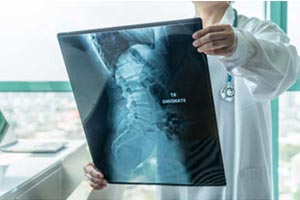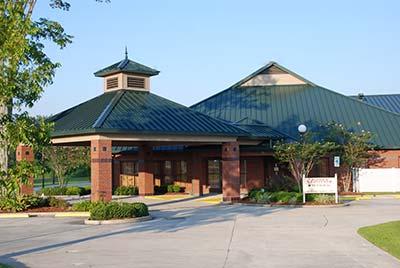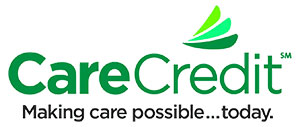Pain Blog: What Could Be Causing Pain in My Spine?
 Considering the jobs your spine performs, it’s no surprise that spine problems are among the leading causes of chronic pain and disability.
Considering the jobs your spine performs, it’s no surprise that spine problems are among the leading causes of chronic pain and disability.
Your spine provides the central support for your body. This structure of 33 stacked vertebrae anchors your core, gives you the ability to stand upright, and helps you walk, bend, and twist.
Your neck supports the weight and movement of your head, while your lower back supports the weight and movement of your body. As a result, spine pain has a big impact on your daily life.
If you have ongoing neck or back pain, don’t wait to contact us at Headache & Pain Center. In the meantime, here’s a list of the problems that frequently cause spine pain.
Pain Blog Articles
Herniated Disk or Muscle Strain?
Does Arthritis Cause Deformity?
Is Your Lifestyle Causing Back Pain?
Why You Shouldn't Ignore Neck Pain
What Could Be Causing Spine Pain?
Remedy & Prevent Sciatica Pain
Can I Get a Spinal Cord Stimulator?
Soft tissue sprains and strains
Ligament sprains and muscle strains occur when the tissues are stretched or torn. You may suffer a soft tissue injury during athletic activities, while lifting a heavy object, or even when you twist too suddenly.
You can develop a whiplash injury when an impact forces your neck into a rapid back-and-forth motion. Though whiplash often occurs during a car accident, the same movement can happen while playing sports or during a fall.
Overuse injuries
Overuse injuries develop gradually as you repeatedly make the same movement. When you use your muscles and ligaments, they naturally develop tiny tears. Resting between activities lets the tears heal.
But if these small injuries don’t heal, it doesn’t take long before they cause inflammation, then a larger tear develops. That’s when you end up with spine pain.
Overuse injuries can also affect the vertebrae and cause tiny cracks in the bone. This type of injury is called a stress fracture.
Degenerative wear-and-tear
Daily wear-and-tear takes a toll on all the structures in your spine. This natural degeneration leads to a variety of spine conditions that can cause chronic pain, such as:
Herniated discs
Herniated discs occur when the disc’s outer covering becomes weak. This allows the gel-like substance inside the disc to push the disc out and create a bulge. Or if the disc tears, it leaks out.
In both cases, two painful problems occur. The disc no longer works properly, so it can’t absorb shock or support spine movement. The bulge pushes against nerves, while the leaking gel irritates them.
Degenerative disc disease
Over time, the discs between your vertebrae start to dry out and flatten. Much like a herniated disc, a dehydrated disc can’t function. This sets you up for spinal instability and pain when you move. Degenerative disc disease also leads to pinched nerves, bone spurs, and arthritis.
Facet joint arthritis
Just like every other joint in your body, you can develop arthritis in the facet joints between vertebrae. Rheumatoid arthritis doesn’t occur in the spine as often as other joints, but when it does, chances are it will affect your neck.
In your lower back, you’re more likely to get osteoarthritis as cartilage wears away. Facet joint arthritis often results in bone spurs that add to the pain and stiffness.
Degenerative spondylolisthesis
As discs degenerate and arthritis weakens the facet joints, vertebrae can move forward and slip out of their normal alignment. This is called degenerative spondylolisthesis.
Spinal stenosis
Spinal stenosis develops when the spinal canal narrows. The spinal canal is formed by the opening in the center of each vertebrae. The canal narrows when any spine condition intrudes into the opening.
All the degenerative conditions in this list can cause spinal stenosis. As you get older, spinal ligaments thicken and stiffen, a change that also results in spinal stenosis.
No matter what causes your spine pain, we can help you find relief and avoid surgery. Our medical team at Headache & Pain Center provides comprehensive pain management, including interventional treatments that target the source of your pain.
To learn more about treatment for spine pain, contact us at either our Gray or New Iberia, Louisiana, location to schedule an appointment.



